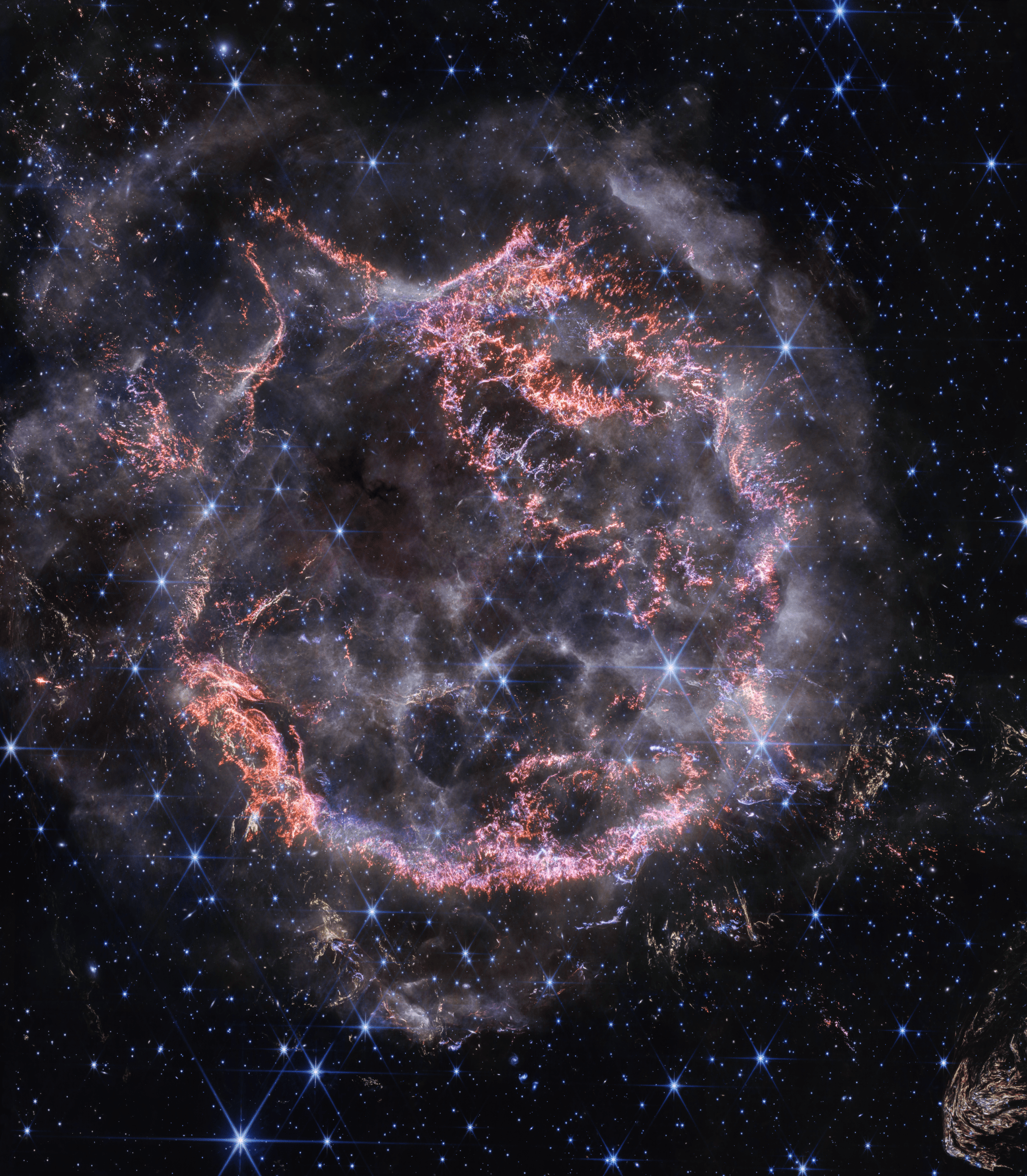April 25, 2024:
Speaker Dr. Ehsan “Sam” Gharib-Nezad
Title:
TelescopeML: Convolutional Neural Networks for Predicting Brown Dwarf Atmospheric Parameters
Abstract:
We are on the verge of a revolutionary era in space exploration, thanks to advancements in telescopes such as the James Webb Space Telescope (JWST). High-resolution, high-SNR spectra from exoplanet and brown dwarf atmospheres have been collected over the past few decades, requiring the development of accurate and reliable pipelines and tools for their analysis. For example, accurately and swiftly determining the parameters of brown dwarf atmospheres from observational spectra is crucial for understanding their atmospheric composition and guiding future follow-up observations. Spectral analysis using traditional methods is typically time-consuming, involving several statistical steps and assumptions. In this talk, we will discuss the implementation of the Convolutional Neural Networks (CNNs) method as a high-performance deep-learning algorithm, which was trained with synthetic brown dwarf spectra generated across a broad range of atmospheric conditions. The model has been tested on T-dwarf benchmarks and predicted effective temperature, surface gravity, carbon-to-oxygen ratio (C/O), and metallicity [M/H]. All the ML operators, visualization, and statistical functions are consolidated into multiple modules and published as a Python PyPI package, named TelescopeML. They are made publicly available along with a well-documented online tutorial covering installation, deployment, and core concepts.
Tutorial link: https://ehsangharibnezhad.github.io/TelescopeML/index.html
GitHub link: https://github.com/EhsanGharibNezhad/TelescopeML
Zenodo link: https://zenodo.org/records/11043721
Video recording: https://www.youtube.com/channel/UCKkIOlch-qMCxnbuiKr_L6Q




























